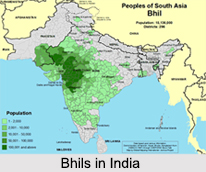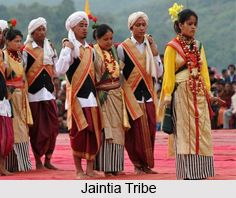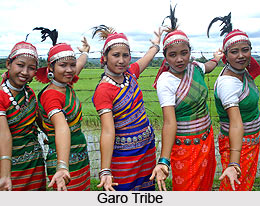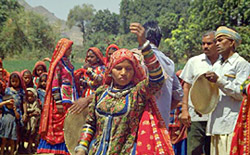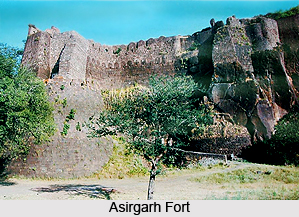 The Abhiras as a tribe are well-known in the history of ancient India. The Abhira tribe had come into prominence during the times of the epic and at a later period they came to occupy an independent kingdom, and established more centres than one in the country. The tribe can still be traced in the present Ahirs who, in tribal groups, abound largely in the United Provinces, Bihar, Nepal and some portions of Rajputana. They were a band of simple, sturdy people, mostly cowherds and agriculturists. According to the Mahabharata the Abhiras were located in the western division of India. But the Puranas seem to locate them in the northern division or Uttarapatha. Some historians locate them either in the west or north of India but Mahabharata has located them more specifically in Rajputana.
The Abhiras as a tribe are well-known in the history of ancient India. The Abhira tribe had come into prominence during the times of the epic and at a later period they came to occupy an independent kingdom, and established more centres than one in the country. The tribe can still be traced in the present Ahirs who, in tribal groups, abound largely in the United Provinces, Bihar, Nepal and some portions of Rajputana. They were a band of simple, sturdy people, mostly cowherds and agriculturists. According to the Mahabharata the Abhiras were located in the western division of India. But the Puranas seem to locate them in the northern division or Uttarapatha. Some historians locate them either in the west or north of India but Mahabharata has located them more specifically in Rajputana.
The Mahabhasya of Patanjali is perhaps the earliest authority that introduces the Abhiras into the Indian Territory. It has been referred in history that the Abhiras are associated with the Sudras, who are most likely identical with the Sodrai or Sogdoi. The association of the Abhiras with the Sudras have been mentioned not only in Mahabharata but also in the Puranas.
The Abhiras have been placed in the extreme west along with the Surastras, Sudras, Arbudas, Karusas, and Malavas, dwelling along the Paripatra Mountains. The Markandeya Purana groups the Abhiras with the Vahlikas, Vatadhanas, Sudras, Madrakas, Surastras, and Sindhu-Sauviras, all of whom are said to have occupied tracts of country that are included in the Aparantaka or western country. It has been said that the Abhiras had a lot to do after the events which followed the great battle of Kurukshetra. Some of the historians have said that the Abhiras were closely associated with Surastras.
During the early times the land of the Abhiras were ruled by the Saka rulers or Ksatrapas of West India, who seem to have held sway over the entire realm of Indo-Scythia. It has been stated that the Abhiras had succeeded the Satavahana Dynasty. In some historical references it has been mentioned that the Abhiras were one of the tribal states of West and South-West India who paid homage to the great Gupta emperor, and who were thus semi-independent people living outside the borders of his empire. The Abhiras or Ahirs had a settlement in Nepal in the very early times. The Gopalas in Nepal were supplanted by the Abhiras.
The tribe seems to have had another settlement in the South or Daksinapatha. According to the Markandeya Purana, the Abhiras are classed with the Pundrakas, Keralas, Kalingas, Pulindas, Andhras, Vidarbhas, Kuntalas and others, all of whom are said to be Daksindpatha-vasinah, or dwelling in the southern country. The Vayu Purana has also recorded the same tradition and has described the Abhiras, Atabyas, Sabaras, Pulindas, Vaidarbhas and Dandakas as `Daksinapatha-vasinah`.


















